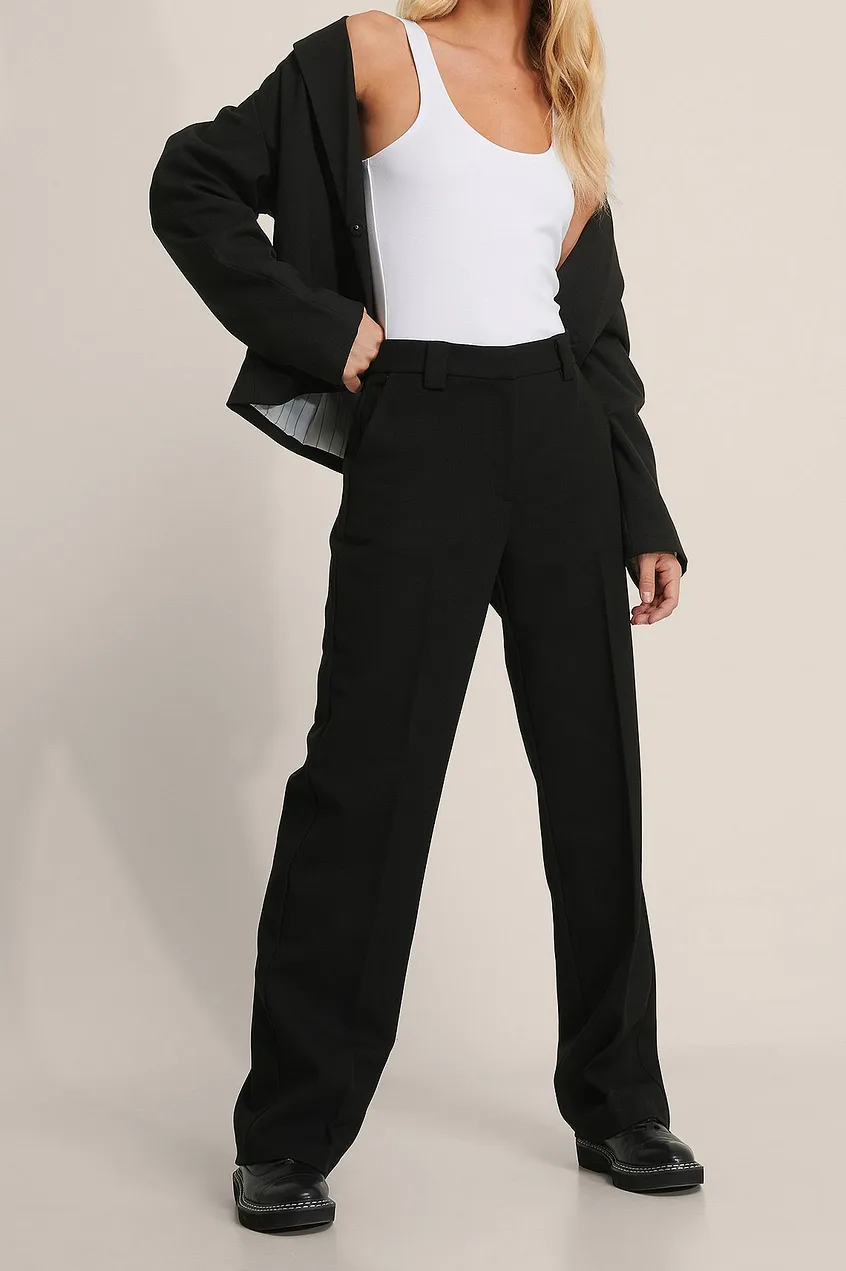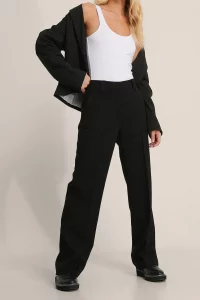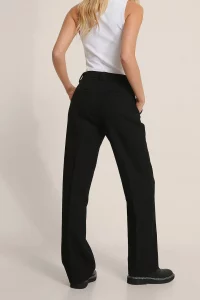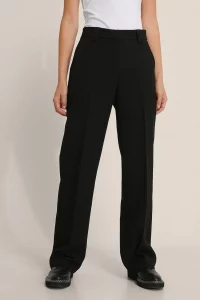Share This Article
This only relates to the numerous approaches to design that were discussed in the sentence that came before this one. These Twill suit pants have a high waist, a zipper and hook closure, straight legs, two side pockets, two back mock pockets, and a textured material. Other features include two side pockets and two back mock pockets. In addition to that, it has two pockets on the side and two imitation pockets on the back. Additionally, it includes two pockets on the side and two fake pockets on the back of the garment. In addition to that, it features two pockets on each side of the garment as well as two faux pockets on the back of the item. In addition to that, it possesses two pockets on each side of the garment, as well as two false pockets on the back of the item, making a total of four pockets. In addition to that, it has two pockets on each side of the garment, and it also has two false pockets on the back of the item, for a total of four pockets. The false pockets are located on the back of the item.
What does twill mean in pants?
During the weaving process, the distinctive diagonal pattern that is characteristic of twill fabric is generated when two or more vertical (warp) threads are woven over two or more horizontal (weft) threads. This creates the twill effect. The twill pattern is created as a direct consequence of this process. As a consequence of this, the fabric takes on the appearance and texture of twill. Because of this, the cloth takes on the look and feel of twill in both its appearance and its texture. This method is utilised in order to complete the process of weaving twill fabric into a product. The term “twill” refers to a specific kind of woven fabric. When viewed from the front of the garment, the typical diagonal pattern that is produced by the weaving of twill pants is due to the fact that the weaving was intended to be done in such a way as to produce that pattern. This can be seen by looking at the pattern that is produced when viewed from the front of the garment. This method results in the production of a stitch that is long-lasting, which, in turn, helps to the general durability of the fabric that was used in the creation of the pants; therefore, it is a situation in which both parties benefit.
Total price: €69.95
Are twill pants dressy?
Although chinos and jeans are both made with a weave that is known as “twill,” the phrase “twill pants” is most commonly used to refer to a particular type of diagonally-woven trousers that are dressier than jeans but more informal than chinos. Chinos are made with a weave that is known as “twill,” but jeans are made with a weave that is known as “twill.” Chinos are woven with a weave known as “twill,” whereas jeans are woven with a weave known as “twill.” Chinos and jeans both use the same weave. In contrast to jeans, which are woven with a weave known as “twill,” chinos are woven with a weave known as “twill.” The same type of weave is used for both chinos and jeans. Chinos, like jeans, are woven with a weave known as “twill,” but jeans are made with a different type of weave. Chinos, like jeans, are woven with the “twill” weave. The weave used to make chinos and the weave used to make jeans are the same. Chinos are yet another style of trouser, and they are typically woven from the “twill” fabric, which can also be utilised in this process.
What does twill feel like?
The quality of the weft that is used during the weaving process is directly related to the degree to which the twill weave results in a fabric that is smooth to the touch as a result of the finished product. This is the case regardless of whether the weave is plain or twill. Denim, on the other hand, will become more comfortable to wear as it is broken in, whereas polyester twill will not be able to achieve this result despite being subjected to a greater amount of wear and tear as it is used. Denim, on the other hand, will become more comfortable to wear as it is broken in. Denim, on the other hand, has the potential to become worn in to the point where it is more comfortable. Denim, on the other hand, has the ability to break in over time and grow more comfortable as it does so. To continue along this train of thinking, bath towels that are produced from cotton fleece will have a surface that is highly velvety, but khaki towels woven with a twill pattern will have a surface that is more harsh and abrasive than the former type of towel. As a direct continuation of this particular discussion,
When viewed from the front of the garment, the typical diagonal pattern that is produced by the weaving of twill pants is due to the fact that the weaving was intended to be done in such a way as to produce that pattern. This can be seen by looking at the pattern that is produced when viewed from the front of the garment. This method results in the production of a stitch that is long-lasting, which, in turn, helps to the general durability of the fabric that was used in the creation of the pants; therefore, it is a situation in which both parties benefit. Cotton and cotton blend fabrics that have been handled in this manner are less likely to develop creases after being washed, and they are also better able to keep their original form after being ironed. This effect is due to the fact that cotton and cotton blend fabrics are more resilient to the effects of heat. This effect is brought about because the fibres in the fabric are made of cotton and cotton blends, both of which are more able to hold their shape after being pressed. The fact that cotton and garments made with cotton blends are more resistant to heat than other types of textiles is one factor that contributes to the benefits mentioned above. To find the most suitable Twill suit pant just visit the NAKD website.




